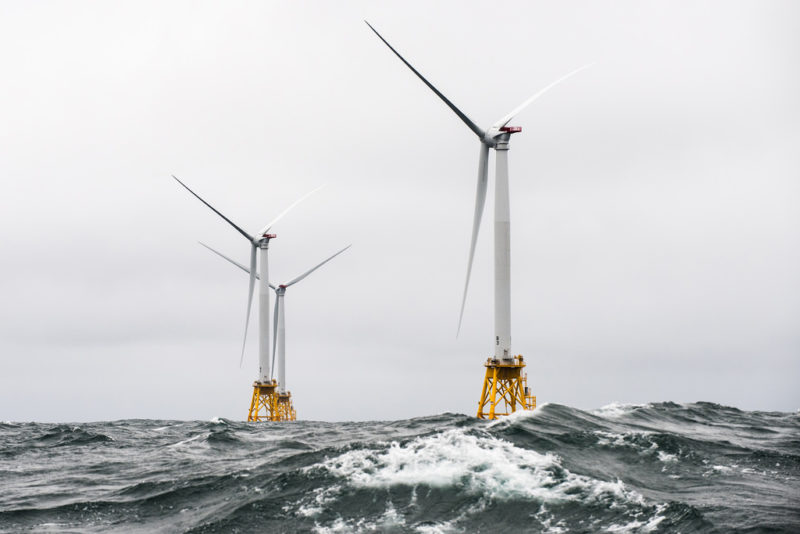With momentum building for East Coast wind power, the American Wind Energy Association announced that Laura Smith Morton will lead policy and regulatory efforts on behalf of the U.S. industry’s offshore wind sector.
Morton assumed her new role on July 8 as AWEA’s senior director for policy and regulatory affairs for offshore wind, as Vineyard Wind, Ørsted and other developers push to obtain permits and begin developing their federal leases off New England and the Mid-Atlantic states.

Laura Smith Morton now leads on offshore wind policy and regulation issues for the American Wind Energy Association. AWEA photo
In a statement from AWEA, Morton said she is happy to be working again on offshore wind, after more than 10 years of experience in the field as a lawyer and in senior roles at the federal Department of Energy, Council on Environmental Quality and National Oceanic and Atmospheric Administration.
“It’s immensely gratifying to be back working on offshore wind issues. As this new American energy industry scales up, we must strike the right balance with policies that encourage development, job creation, and the revitalization of coastal infrastructure while also engaging with other ocean users to ensure all can prosper,” said Morton. “I’m ready to roll up my sleeves and get to work so this industry can put more steel in the water.”
Morton contributed to the original National Offshore Wind Strategy published by the DOE and Department of the Interior, which charted a course to build the U.S. offshore wind industry, and led multiple interagency teams charged with creating efficiencies in the permitting process for clean energy projects.
More recently Morton served as a consultant to companies and non-profit organizations, including the National Audubon Society and the American Sustainable Business Council, on renewable energy, environment, and water resources issues.
“We’re thrilled to have Laura on board as we help shape the industry’s next chapter,” said Tom Vinson AWEA’s vice president for policy and regulatory affairs. “Her proven experience securing progress through federal bureaucracies and strategic expertise overcoming federal and state permitting challenges will bolster our efforts to realize a thriving U.S. offshore wind sector and a strong domestic supply chain.”
Morton will lead AWEA efforts in close coordination with the association’s member companies to resolve permitting and regulatory challenges affecting offshore wind projects in development, and facilities in operation. Key issues in Morton’s portfolio include offshore wind leasing and the federal Bureau of Ocean Energy Management regulatory process, and multiple-use compatibility with other ocean users such as marine transportation and commercial fishing, and environmental impacts.
So far the 30-megawatt Block Island Wind Farm off Rhode Island stands alone as the only operating U.S. offshore wind farm. But Block Island operator Ørsted and partner Dominion Energy have begun construction on another pilot project off Virginia, and Ørsted and other partners have crew transfer vessels (CTVs) under construction to bring workers and equipment to construction sites.
BOEM counts 13 potential East Coast lease developments, and developers anticipate six of those with a combined capacity of 2,010 MW could be operational by 2023. Studies by the University of Delaware’s Special Initiative on Offshore Wind project that building 18.6 gigawatts of offshore wind capacity by 2030 would create a nearly $70 billion opportunity for businesses in the industry supply chain.





